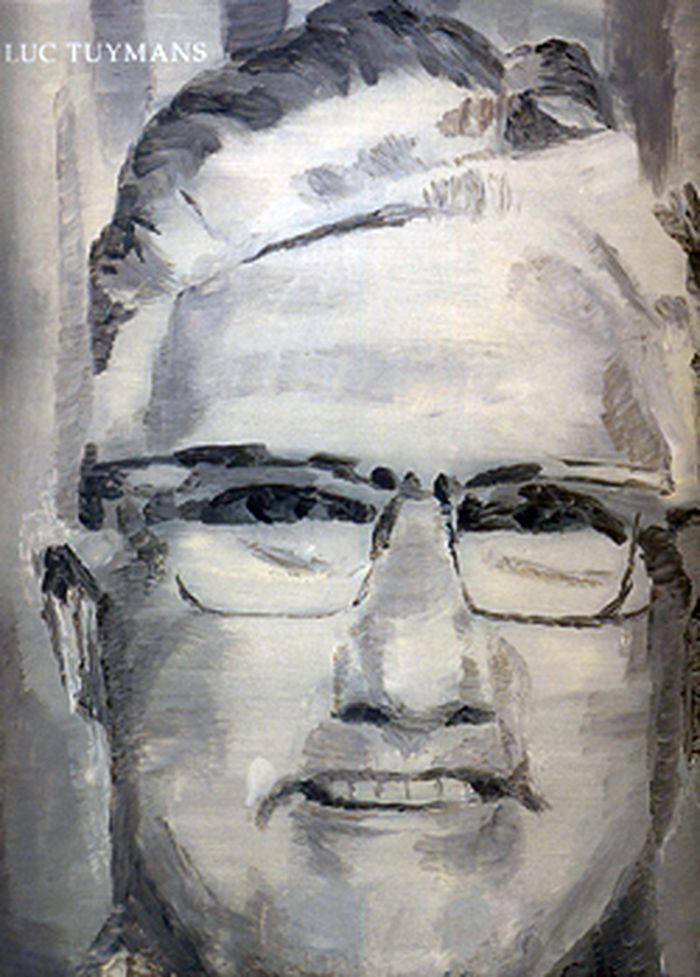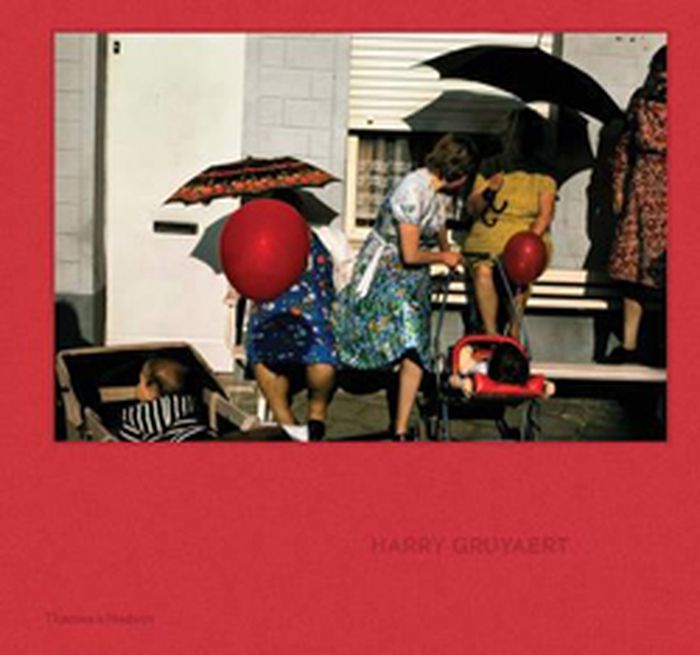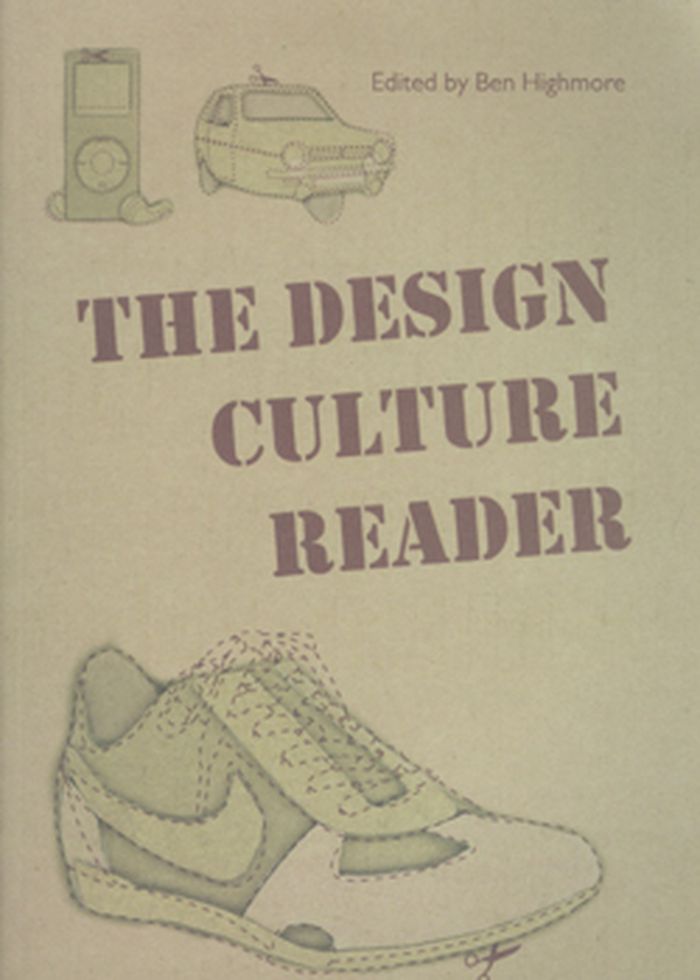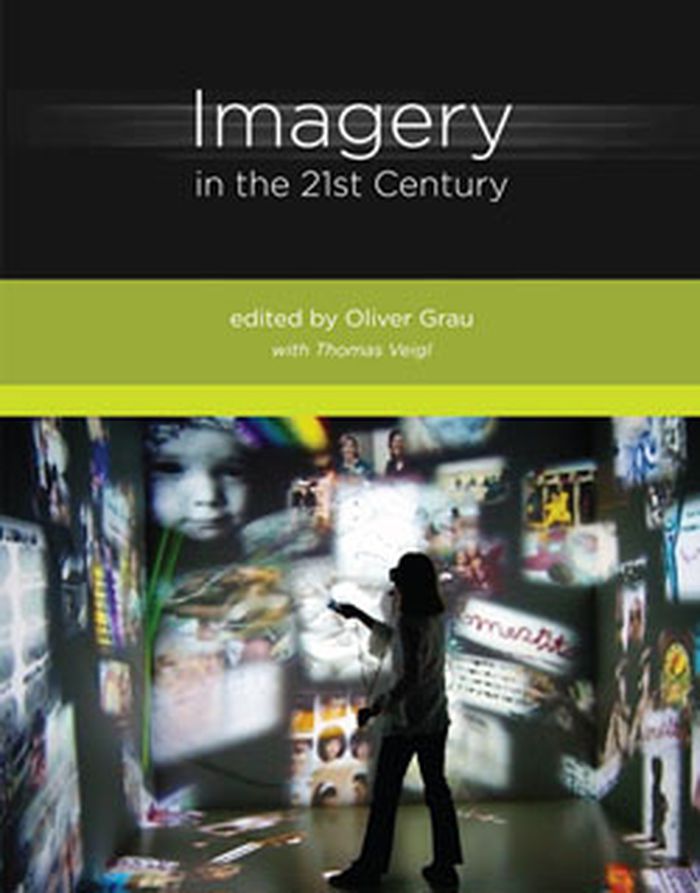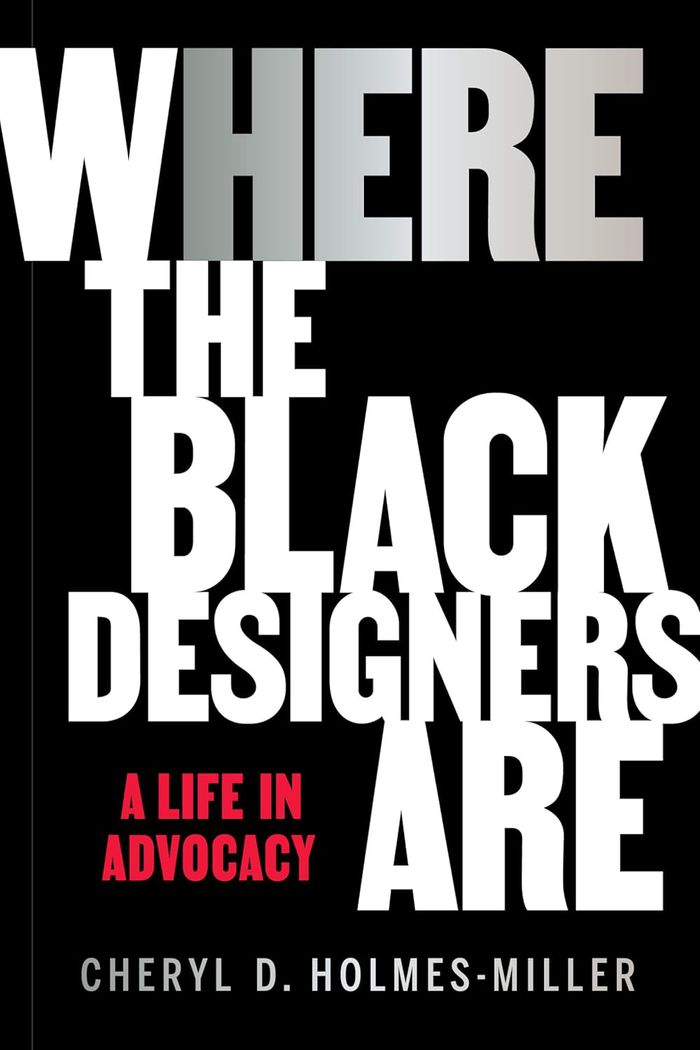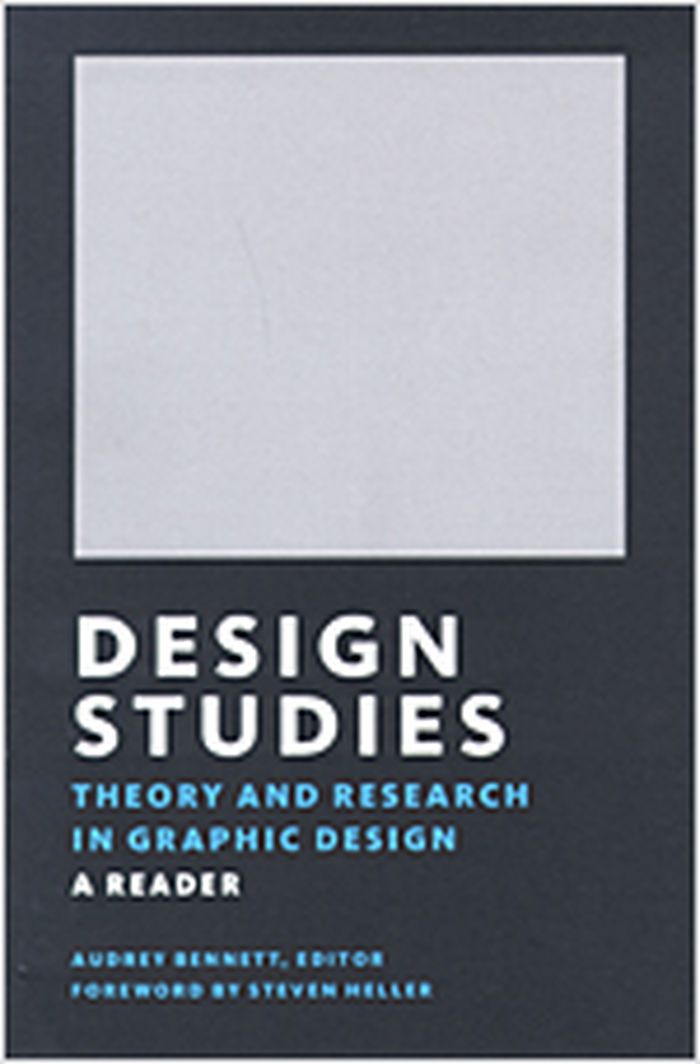Luc Tuymans
$72.00
(disponible sur commande)
Résumé:
Luc Tuymans is one of today's most widely admired painters, a continuation of the great tradition of Northern European painting and an enduring influence on younger and emerging artists. As a European child of the 1950s, his relationship to painting is inevitably structured by television, cinema and by the lingering effects of World War II; more recent historical(...)
octobre 2009
Luc Tuymans
Actions:
Prix:
$72.00
(disponible sur commande)
Résumé:
Luc Tuymans is one of today's most widely admired painters, a continuation of the great tradition of Northern European painting and an enduring influence on younger and emerging artists. As a European child of the 1950s, his relationship to painting is inevitably structured by television, cinema and by the lingering effects of World War II; more recent historical preoccupations have included the dramatic turn of world events post-9/11. Tuymans combines a muted palette with deteriorated surface effect and a singular use of cropping, close-up and sequencing--perfect devices with which to undertake his investigation of the pathological, the banal and the conspiratorial. Published in conjunction with the artist's first full-scale American survey, this is without question the authoritative publication on Tuymans. It features approximately 75 key works from 1978 to the present, and is accompanied by essays analyzing the painter's main concerns, with particular attention paid to his working process and his adaptation of source materials.
Harry Gruyaert
$74.00
(disponible sur commande)
Résumé:
Born in Antwerp in 1941 and a member of Magnum Photos since 1982, Harry Gruyaert revolutionized creative and experimental uses of color in the 1970s and 1980s. Influenced by cinema and American photographers, his work defined new territory for color photography: an emotive, non-narrative, and boldly graphic way of perceiving the world. In 1972, while living in London,(...)
Harry Gruyaert
Actions:
Prix:
$74.00
(disponible sur commande)
Résumé:
Born in Antwerp in 1941 and a member of Magnum Photos since 1982, Harry Gruyaert revolutionized creative and experimental uses of color in the 1970s and 1980s. Influenced by cinema and American photographers, his work defined new territory for color photography: an emotive, non-narrative, and boldly graphic way of perceiving the world. In 1972, while living in London, Gruyaert created the striking series by turning the dial on a television set at random and photographing the distorted images he saw there. A later series, , portrays his ambivalent relationship with his homeland in a palette of saturated tones. In his most recent work, he embraces the possibilities of digital photography, taking further creative risks to capture light in new ways. Gruyaert’s images are autonomous, often independent of any context or thematic logic. This volume, the first retrospective of his work, is a superb overview of his personal quest for freedom of expression and the liberation of the senses.
Monographies photo
livres
$40.00
(disponible sur commande)
Résumé:
For most North Americans and Europeans, the Bosnian War was played out in the brief, flickering images of television news. But another set of images, more permanent and more profound, played an active role in this war, molding public sentiment and calling attention to the plight of the Bosnian people. For three hellish years, Bosnians plastered the walls of their towns(...)
mai 2001, New York
Evil doesn't live here : posters from the Bosnian war
Actions:
Prix:
$40.00
(disponible sur commande)
Résumé:
For most North Americans and Europeans, the Bosnian War was played out in the brief, flickering images of television news. But another set of images, more permanent and more profound, played an active role in this war, molding public sentiment and calling attention to the plight of the Bosnian people. For three hellish years, Bosnians plastered the walls of their towns with messages of anger, frustration, desperation, resistance, and hope. These extraordinary images, the focus of this book, are juxtaposed with the hateful, divisive works of propaganda that served the most vicious practitioners of 'ethnic cleansing'. "Evil Doesn't Live Here" presents this visual battle to the rest of the world for the first time. Former Bosnian aid workers Daoud Sarhandi and Alina Boboc have gathered over 180 of the most dramatic wartime posters, largely created by Bosnian artists and graphic designers at the height of the war. Fascinating on both political and artistic levels, they provide a harrowing account of the war and put a human face on this seemingly incomprehensible conflict.
livres
mai 2001, New York
livres
$23.95
(disponible sur commande)
Résumé:
First published in 1967, Guy Debord's stinging revolutionary critique of contemporary society, The Society of the Spectacle has since acquired a cult status. Credited by many as being the inspiration for the ideas generated by the events of May 1968 in France, Debord's pitiless attack on commodity fetishism and its incrustation in the practices of everyday life continues(...)
Comments on the society of the spectacle
Actions:
Prix:
$23.95
(disponible sur commande)
Résumé:
First published in 1967, Guy Debord's stinging revolutionary critique of contemporary society, The Society of the Spectacle has since acquired a cult status. Credited by many as being the inspiration for the ideas generated by the events of May 1968 in France, Debord's pitiless attack on commodity fetishism and its incrustation in the practices of everyday life continues to burn brightly in today's age of satellite television and the soundbite. In Comments on the Society of the Spectacle, published twenty years later, Debord returned to the themes of his previous analysis and demonstrated how they were all the more relevant in a period when the integrated spectacle was dominant. Resolutely refusing to be reconciled to the system, Debord trenchantly slices through the doxa and mystification offered tip by journalists and pundits to show how aspects of reality as diverse as terrorism and the environment, the Mafia and the media, were caught up in the logic of the spectacular society. Pointing the finger clearly at those who benefit from the logic of domination, Debord's comments convey the revolutionary impulse at the heart of situationism.
livres
janvier 2011
Théorie/ philosophie
The design culture reader
$50.95
(disponible en magasin)
Résumé:
Design is part of ordinary, everyday life, to be found in every room in every building in the world. While we may tend to think of design in terms of highly desirable objects, this book encourages us to think about design as ubiquitous (from plumbing to television) and as an agent of social change (from telephones to weapon systems). The Design Culture Reader brings(...)
The design culture reader
Actions:
Prix:
$50.95
(disponible en magasin)
Résumé:
Design is part of ordinary, everyday life, to be found in every room in every building in the world. While we may tend to think of design in terms of highly desirable objects, this book encourages us to think about design as ubiquitous (from plumbing to television) and as an agent of social change (from telephones to weapon systems). The Design Culture Reader brings together an international array of writers whose work is of central importance for thinking about design culture in the past, present and future. Essays from philosophers, media and cultural theorists, historians of design, anthropologists, cultural historians, artists and literary critics all demonstrate the enormous potential of design studies for understanding the modern world. Organised in thematic sections, The Design Culture Reader explores the social role of design by looking at the impact it has in a number of areas - especially globalisation, ecology, and the changing experiences of modern life. Particular essays focus on topics such as design and the senses, design and war and design and technology, while the editor's introduction to the collection provides a compelling argument for situating design studies at the very forefront of contemporary thought.
Théorie du design
$42.00
(disponible en magasin)
Résumé:
Conceived as part of the one-year investigation Catching Up with Life, A Section of Now aims to re-establish a dialogue between architecture and society that would allow for architecture to begin to contend with and address our changed and changing social norms. The publication serves as a meditation on new behaviours, rituals, and values and their spatial implications(...)
A section of Now: Norms and Rituals as Sites for Architectural Intervention
Actions:
Prix:
$42.00
(disponible en magasin)
Résumé:
Conceived as part of the one-year investigation Catching Up with Life, A Section of Now aims to re-establish a dialogue between architecture and society that would allow for architecture to begin to contend with and address our changed and changing social norms. The publication serves as a meditation on new behaviours, rituals, and values and their spatial implications and seeks to catalyze urban and architectural interventions that accommodate, influence, and, in some cases, pre-empt our new lived realities. Authors address topics ranging from the safety of digital spaces to how normative life trajectories affect the elderly and the many selves each of us puts forward, while architects present frameworks for spaces for blended families, thirty-year-old retirees, and contested monuments, among many others. Bringing together analytical essays about the contemporary moment and the direction in which society is moving, projective texts that outline new architectural types to address societal needs, alongside television series, photography, and architecture and design projects, A Section of Now outlines a new relationship between the spaces in which we live and the ways we live within them.
Publications du CCA
General Idea
$105.00
(disponible sur commande)
Résumé:
This 768-page volume stands as the most comprehensive source on the Canadian collective General Idea, founded in Toronto in 1969 by Felix Partz, Jorge Zontal and AA Bronson and active until the deaths of Partz and Zontal in 1994. The book is arranged in three parts: Performances and Actions, In the Streets and In the Showroom. The first two parts focus on ephemeral,(...)
General Idea
Actions:
Prix:
$105.00
(disponible sur commande)
Résumé:
This 768-page volume stands as the most comprehensive source on the Canadian collective General Idea, founded in Toronto in 1969 by Felix Partz, Jorge Zontal and AA Bronson and active until the deaths of Partz and Zontal in 1994. The book is arranged in three parts: Performances and Actions, In the Streets and In the Showroom. The first two parts focus on ephemeral, time-based and even disposable works. The third part includes a plate section offering a near-complete visual survey of General Idea's practice. Facing-page comparative images show works as they appeared in historical installations or other relevant contexts. These three sections correspond broadly to the collective’s development: from performances, actions, pageants and other practices (1969–78), through works engaging with mass-media formats such as the magazine, television and video (1972–’80s), and finally to works conceived for galleries and museums (1985–94). The publication features a prologue by AA Bronson, a conversation between him and Beatrix Ruf, and new texts by international scholars. The appendix includes a complete scholarly bibliography, exhibition and performance histories, and an illustrated chronology of the group.
Art canadien
Imagery in the 21st century
$44.95
(disponible en magasin)
Résumé:
We are surrounded by images as never before: on Flickr, Facebook, and YouTube; on thousands of television channels; in digital games and virtual worlds; in media art and science. Without new efforts to visualize complex ideas, structures, and systems, today’s informatio explosion would be unmanageable. The digital image represents endless options for manipulation; images(...)
Imagery in the 21st century
Actions:
Prix:
$44.95
(disponible en magasin)
Résumé:
We are surrounded by images as never before: on Flickr, Facebook, and YouTube; on thousands of television channels; in digital games and virtual worlds; in media art and science. Without new efforts to visualize complex ideas, structures, and systems, today’s informatio explosion would be unmanageable. The digital image represents endless options for manipulation; images seem capable of changing interactively or even autonomously. This volume offers systematic and interdisciplinary reflections on these new image worlds and new analytical approaches to the visual. This publication examines this revolution in various fields, with researchers from the natural sciences and the humanities meeting to achieve a deeper understanding of the meaning and impact of the image in our time. The contributors explore and discuss new critical terms of multidisciplinary scope, from database economy to the dramaturgy of hypermedia, from visualizations in neurosciences to the image in bio art. They consider the power of the image in the development of human consciousness, pursue new definitions of visual phenomena, and examine new tools for image research and visual analysis. The goal is to expand visual competence in investigating new visual worlds and to build cross-disciplinary exchanges among the arts, humanities, and natural sciences.
Théorie de l’art
$41.50
(disponible en magasin)
Résumé:
Cheryl D. Holmes-Miller is one of the design field's most respected figures. She is legendary for her decades of scholarship and activism and is known as a touchstone and conscience for the design profession. This long-awaited book documents the history of the question she has been asking for decades: "Where are the Black designers?" along with related questions that are(...)
Here: Where the black designers are
Actions:
Prix:
$41.50
(disponible en magasin)
Résumé:
Cheryl D. Holmes-Miller is one of the design field's most respected figures. She is legendary for her decades of scholarship and activism and is known as a touchstone and conscience for the design profession. This long-awaited book documents the history of the question she has been asking for decades: "Where are the Black designers?" along with related questions that are urgent to the design profession: Where did they originate? Where have they been? Why haven't they been represented in design histories and canons? Holmes-Miller traces her development as a designer and leader, beginning with her own family and its rich multiethnic history. She narrates her experiences as a design student at Rhode Island School of Design, Maryland Institute College of Art, and Pratt, leading up to her oft-cited Pratt thesis examining barriers to success for Black designers. Holmes-Miller describes the work of her eponymous studio for noted clients that included NASA, Time Inc., and the nascent Black Entertainment Television, as well as the story of her later critiques of the industry in the design press, most notably in Print magazine. Miller also recounts the parallel history of collective efforts by fellow scholars and advocates over the past fifty years to identify and celebrate Black designers.
Théorie du design
$52.00
(disponible sur commande)
Résumé:
In an age of globalization and connectivity, the idea of "mainstream culture" has become quaint. Websites, magazines, books, and television have all honed in on ever-diversifying subcultures, hoping to carve out niche audiences that grow savvier and more narrowly sliced by the day. Consequently, the discipline of graphic design has undergone a sea change. Where visual(...)
Design studies : theory and research in graphic design, a reader
Actions:
Prix:
$52.00
(disponible sur commande)
Résumé:
In an age of globalization and connectivity, the idea of "mainstream culture" has become quaint. Websites, magazines, books, and television have all honed in on ever-diversifying subcultures, hoping to carve out niche audiences that grow savvier and more narrowly sliced by the day. Consequently, the discipline of graphic design has undergone a sea change. Where visual communication was once informed by a designer's creative intuition, the proliferation of specialized audiences now calls for more research-based design processes. Designers who ignore research run the risk of becoming mere tools for communication rather than bold voices. "Design studies", a collection of 27 essays from international design researchers, sets out to mend this schism between research and practice. The texts presented here make an argument for performing rigorous experimentation and analysis. Each author outlines methods in which research has aided their design — whether by investigating how senior citizens react to design aesthetics, how hip hop culture can influence design, or how design for Third World nations is affected by cultural differences. Contributors also outline inspired ways in which design educators can teach research methods to their students. Finally, "Design Studies" is rounded out by five annotated bibliographies to further aid designers in their research.
